In the Lab:
Taste Stimulation Lab
The SISC Lab includes a fully equipped taste laboratory capable of preparing precise, custom-mixed taste stimuli for a range of research and clinical applications.
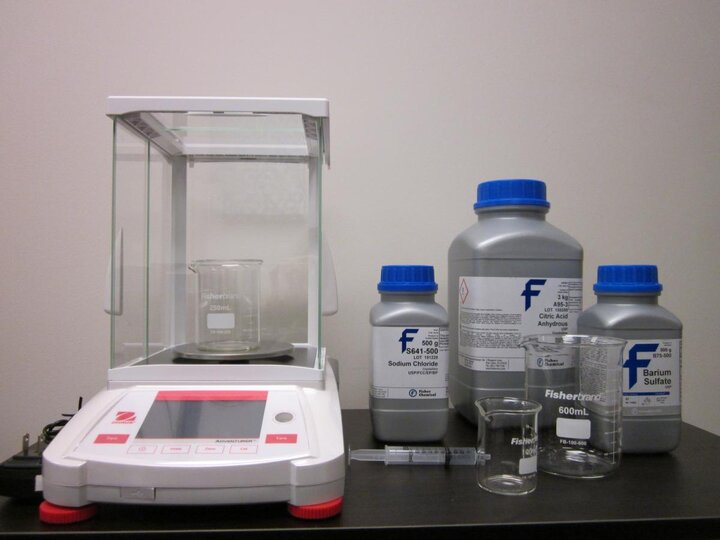
Nasal Endoscopy/Stroboscopy
Our nasal endoscopy equipment enables visualization of the pharynx and larynx for fiberoptic endoscopic evaluation of swallowing (FEES) and includes stroboscopy capabilities for assessment of vocal fold function related to airway protection and voice quality.
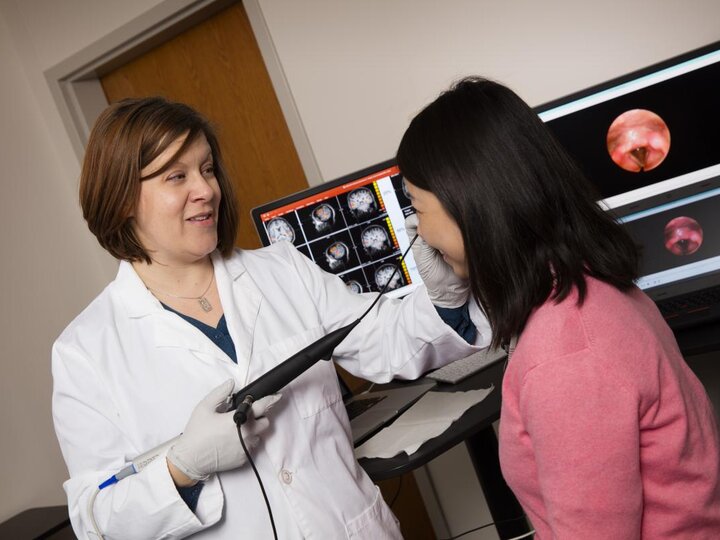
Orolingual Pressures for Speech and Swallowing
With this technology, we can objectively measure and document lip and tongue strength as well as airflow and pressure. These measures are integral to our research. Additionally, they inform clinical diagnostics and can be used to set therapeutic targets and provide biofeedback during exercises.
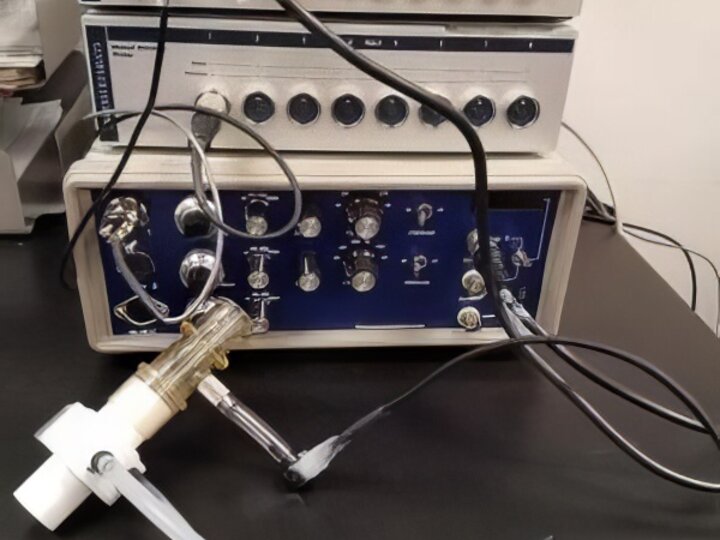
University and Community Collaborators:
Neuroimaging Partner
Through the Center for Brain, Behavior and Biology (CB3) http://cb3.unl.edu, we have access to a range of neuroimaging tools that enable non-invasive assessment of neural activity during a range of activities. Magnetic resonance imaging (MRI), functional Near-Infrared Spectroscopy (fNIRS), electroencephalography (EEG), eye-tracking, and transcranial magnetic stimulation (TMS) are currently available, with plans to add Magnetic Encephalography (MEG) in 2016.
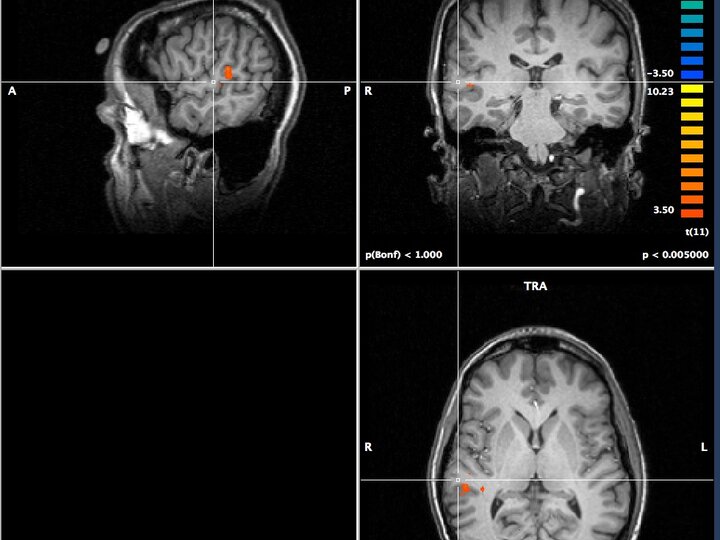
Clinical Partners
The SISC Lab has strong ties to several local and regional health care partners including Madonna Rehab, Bryan Health, and University of Nebraska Medical Center. These relationships enable the development of clinically meaningful research studies, and provide access to radiology technology and patient populations to support our work.
Our Clinical Partners Include:
University of Nebraska Medical Center
Madonna Rehabilitation Hospital
Advanced Medical Imaging
Bryan Medical Center
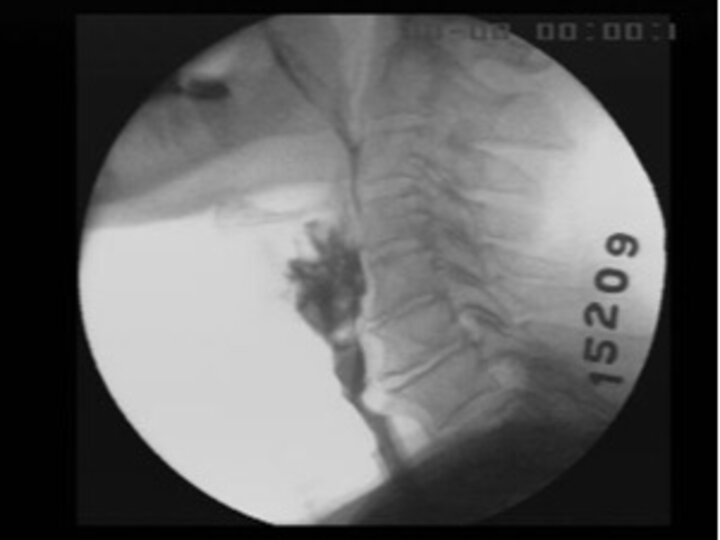
Our Research Partners Include:
Collaborations with researchers around the world enhance the quality of our research and extend its applicability to realms beyond the field of communication disorders.
Walter Reed National Military Medical Center
Swallowing disorders as a consequence of combat-related trauma, measures of airway resistance using a field-ready portable airflow perturbation device.
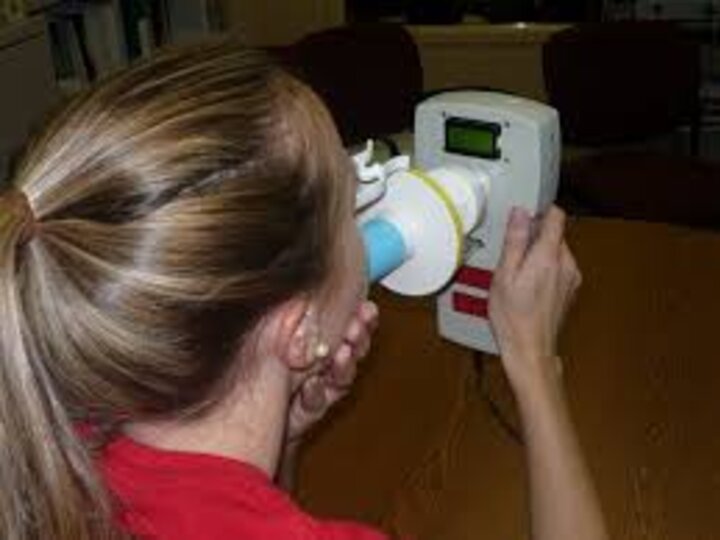
Case Western University
Taste perception and its effects on swallowing physiology and correlates of neural activity.
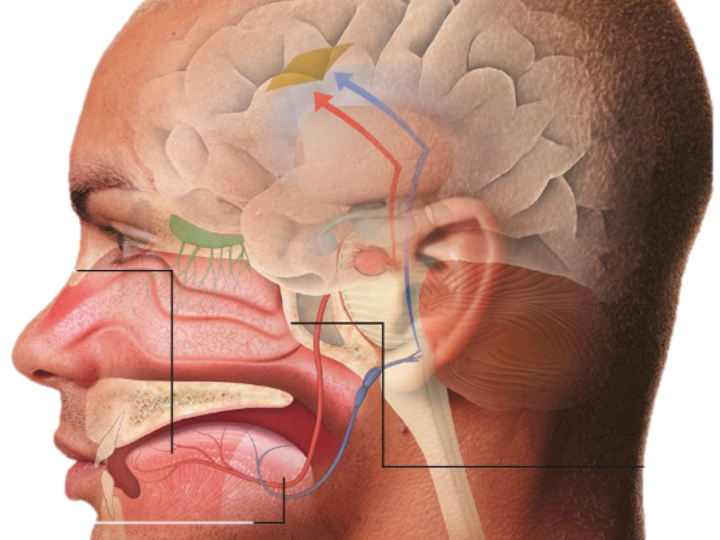
Dalhousie University
Active learning and other pedagogical approaches to classroom and clinical teaching.
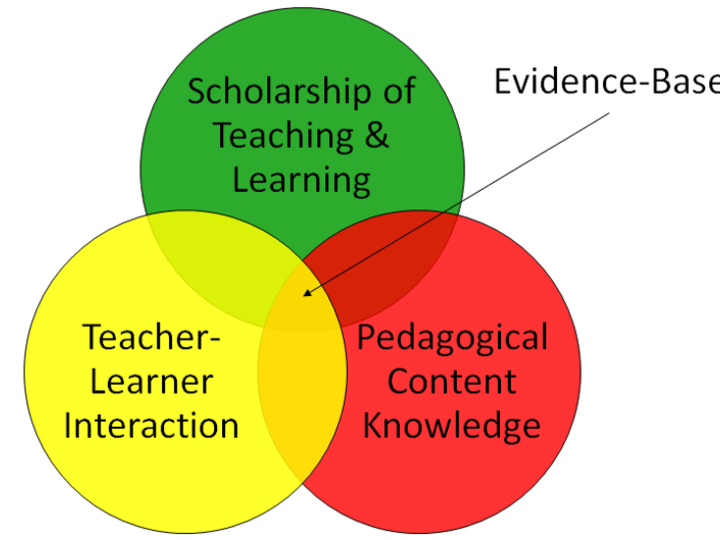
Michigan State University
Wearable technology to assess communication patterns in persons with neurodegenerative disease.
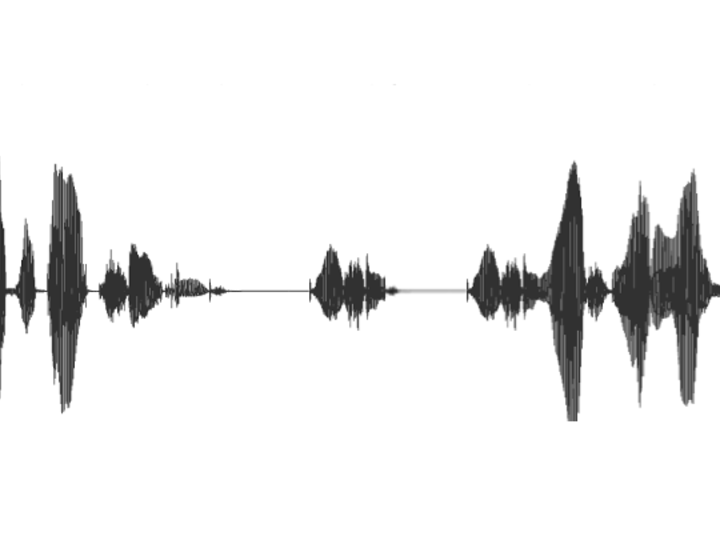
Augusta University, Medical College of Georgia
Anatomically-based coordinate system to quantify swallowing movements relative to each other.
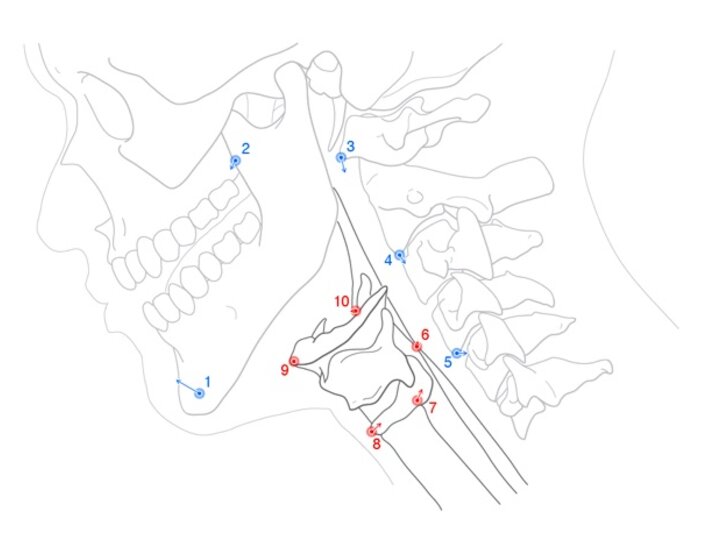
University of British Columbia
Parametric Human Project with computer modelers in Electrical and Computer Engineering.
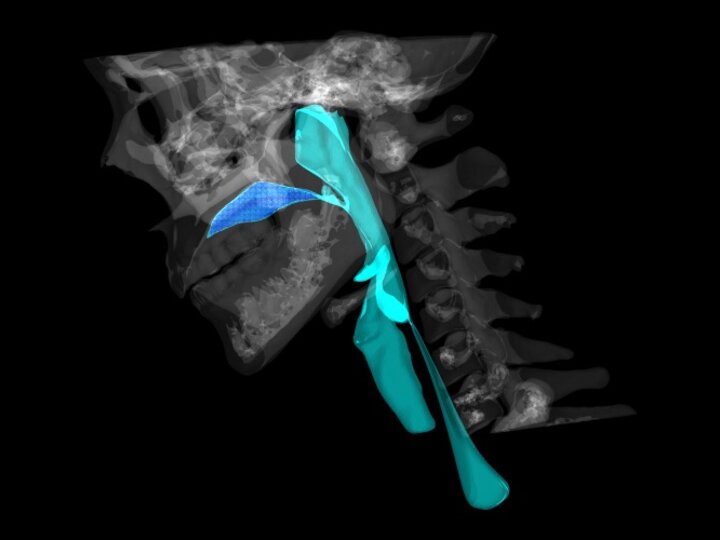
Educational Resources for Clinical Providers:
This list of do's and don'ts may be relevant for any type of clinical provider. This copy of the Modified Rainbow Passage has been adapted to be more inclusive. See Dietsch et al., 2022 for more details.
The linked handout is an overview of areas that a client and clinician may decide to address during communication-related gender affirmation services, with further guidance regarding how to implement relevant strategies in the videos below.